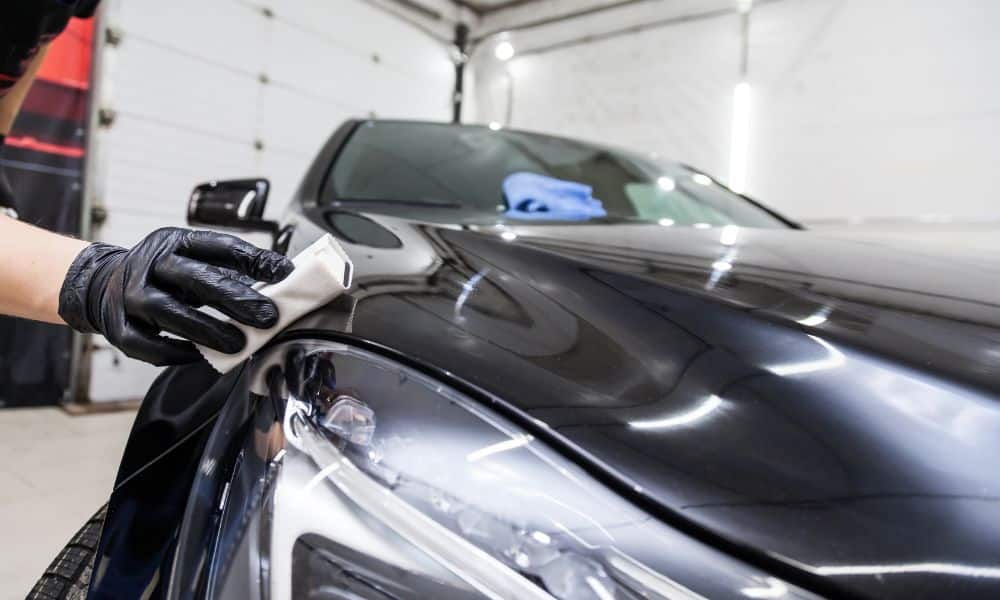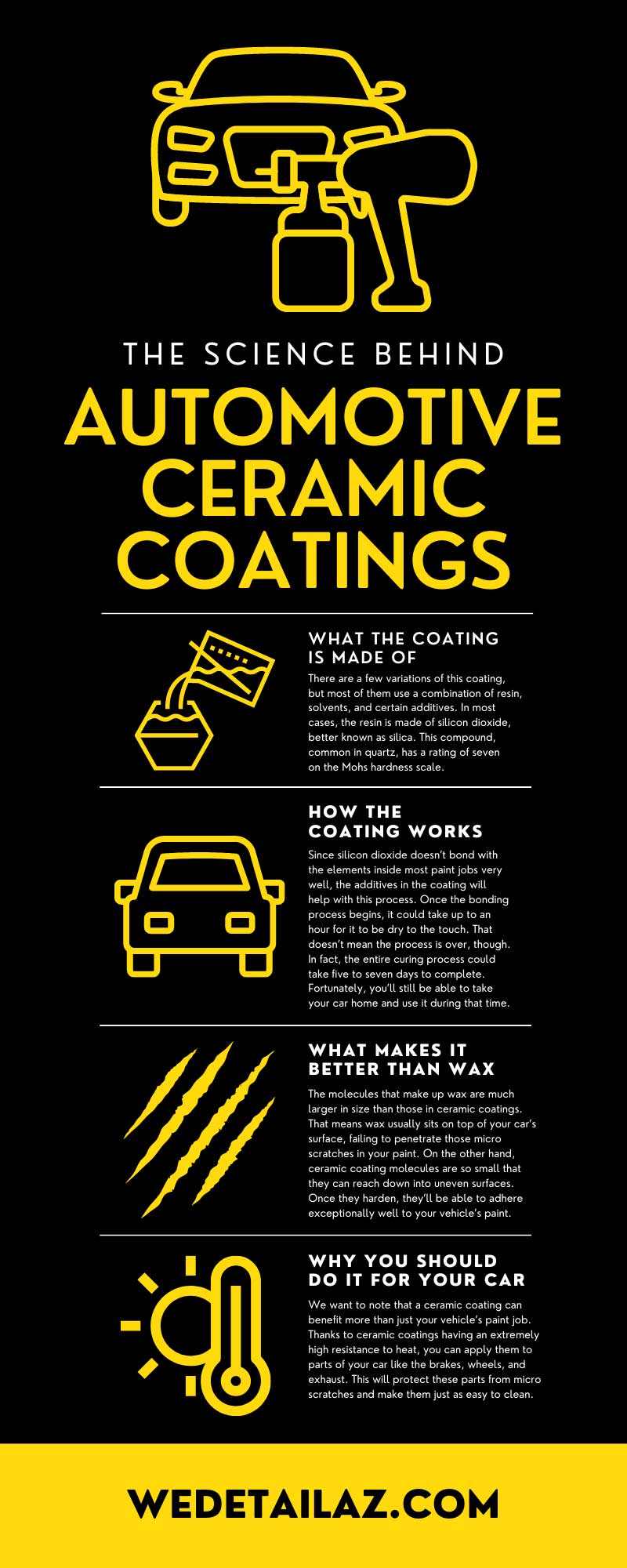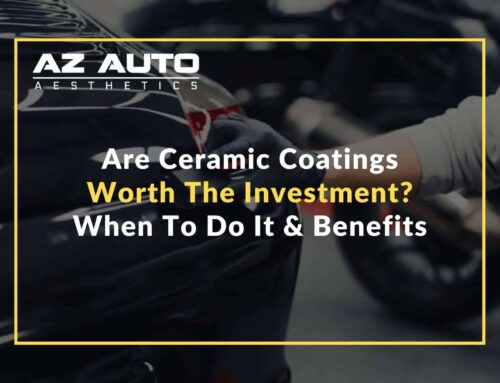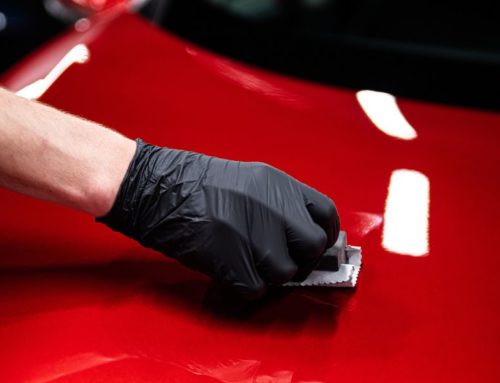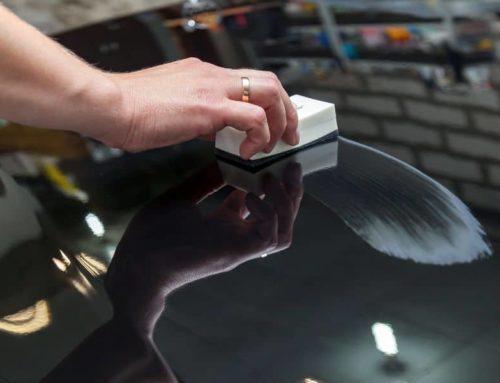When you own a car you’re proud of, you’ll want to ensure it looks as good as possible at all times. However, nature often has other plans for your vehicle. Dust blowing through the wind, rain falling from the sky, and sunbeams bouncing off your hood will all degrade the quality of your vehicle’s paint over time. This will cause micro scratches, which will become more noticeable as they become bigger, eventually turning into swirl marks on your car.
This isn’t what you want when it comes to keeping your car in great condition, but you can protect your vehicle from this kind of damage. Many people turn to wax for such protection, but it’s not the most effective solution, especially in extreme environments.
That’s why you should consider getting a ceramic coating for your car. Getting a ceramic coating is by far the most effective way to protect the paint job on your vehicle. Don’t simply take our word for it, though. In this guide, we’ll review the science behind automotive ceramic coatings so that you’ll better understand how they work and why they’re the best options.
What the Coating Is Made Of
Before we can get into how ceramic coating works, we need to understand what it’s made of. There are a few variations of this coating, but most of them use a combination of resin, solvents, and certain additives. In most cases, the resin is made of silicon dioxide, better known as silica. This compound, common in quartz, has a rating of seven on the Mohs hardness scale.
With a rating that high, not much will be able to break through this compound, but there’s a lot more to silicon dioxide that makes it even stronger. For those that don’t know, the combination of silicon and oxygen creates a covalent bond. This is one of the strongest bonds atoms can achieve since it causes them to share electron pairs. In doing this, each atom’s positive and negative forces stabilize, making it difficult to break them apart once together.
How the Coating Works
So now that you know what’s in the ceramic coating, let’s go over how it works once applied. We already talked about how the compounds in the resin form, but how do you keep that from happening inside the bottle? Well, this is where the solvent comes into play. Once the coating comes into contact with the air, the solvent will dissolve the polymers that keep the chemical reactions from happening. After this happens, the silica will begin bonding with each other and the paint.
However, since silicon dioxide doesn’t bond with the elements inside most paint jobs very well, the additives in the coating will help with this process. Once the bonding process begins, it could take up to an hour for it to be dry to the touch. That doesn’t mean the process is over, though. In fact, the entire curing process could take five to seven days to complete. Fortunately, you’ll still be able to take your car home and use it during that time.
Once this process has finished, your ceramic coating should protect your car for at least two years. However, with heavier coatings and proper care, a ceramic coating could last for as long as the car does, even though this isn’t a common result.
What Makes It Better Than Wax
Now that you know the science behind automotive ceramic coatings, there’s something else we wanted to cover. We mentioned earlier that ceramic coatings are better than wax, but we wanted to explain why that is. First off, even though waxes are made of a variety of materials and compounds, most of them rank as one or two on the Mohs hardness scale.
That means they won’t hold together as well. In fact, when you wash a vehicle after waxing it, you need to use a special non-alkaline soap because normal ones will break apart your wax layer. If soap can break through your wax, imagine what other types of dirt, dust, and grime can quickly break through to your car’s paint job.
On top of that, the molecules that make up wax are much larger in size than those in ceramic coatings. That means wax usually sits on top of your car’s surface, failing to penetrate those micro scratches in your paint. On the other hand, ceramic coating molecules are so small that they can reach down into uneven surfaces. Once they harden, they’ll be able to adhere exceptionally well to your vehicle’s paint.
Why You Should Do It for Your Car
If the science here hasn’t been enough to convince you that a ceramic coating is worth your time, then maybe some of these benefits will be. The most obvious advantage is the fact that it’ll protect your paint from future scratches for much longer than wax ever could. Whether the damages come from the weather or something else out of your control, the bonds of ceramic coating will hold strong for a very long time.
On top of that, your car will become much easier to clean. The beauty of ceramic coating is that it makes your car’s surface hydrophobic. That means that water will bead up and roll right off your car. While this sounds great for those days you need to drive through the rain, it’s also great for cleaning your car. Since the dust and dirt won’t be able to penetrate into your vehicle’s paint, a simple splash of water will remove almost all of it without any soap or scrubbing.
Finally, we want to note that a ceramic coating can benefit more than just your vehicle’s paint job. Thanks to ceramic coatings having an extremely high resistance to heat, you can apply them to parts of your car like the brakes, wheels, and exhaust. This will protect these parts from micro scratches and make them just as easy to clean.
If this all sounds worth it to you, you should consider coming to AZ Auto Aesthetics to get a ceramic vehicle coating. We operate out of the Phoenix area and have experience will all kinds of high-end cars. We’ll also help you out with paint corrections and any other services you need to make your vehicle look brand-new again.

